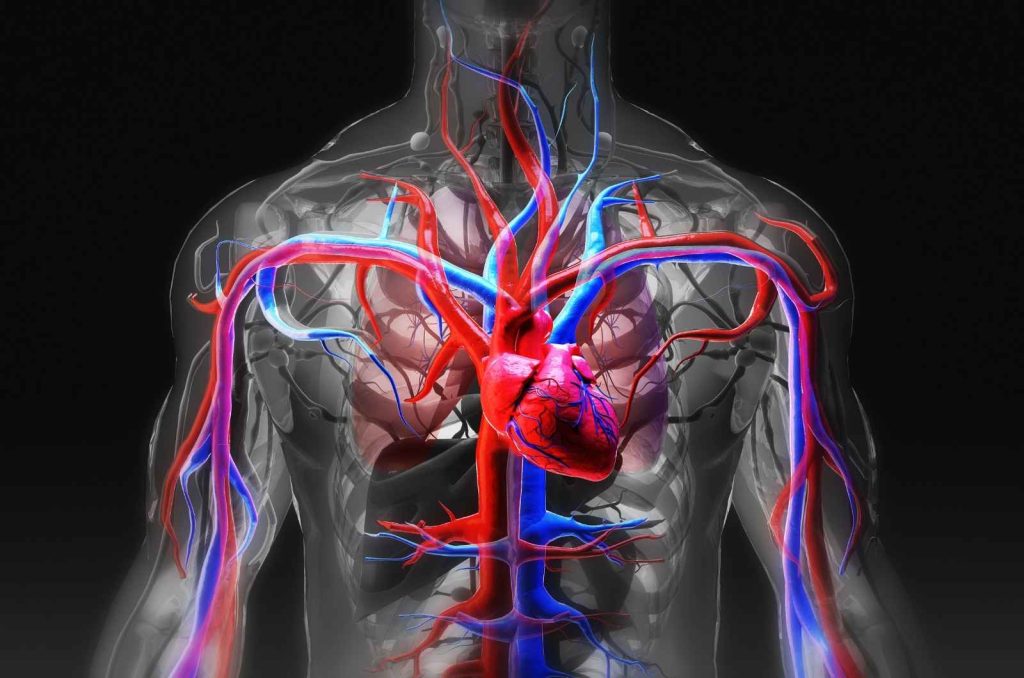
Practical anatomy and surgical education are essential components of training for medical professionals. This type of education goes beyond theoretical knowledge, allowing surgeons to gain hands-on experience. By practicing on human bodies and organs, doctors can refine their skills and techniques, ensuring they are well-prepared for real-life surgical procedures. Medical education laboratories play a crucial role in this process, providing a controlled environment where new doctors and graduate students can enhance their learning. This article explores how practical anatomy and surgical education are conducted, the importance of hands-on training, and its impact on medical research.
How is Practical Anatomy and Surgical Education Conducted?
Practical anatomy and surgical education are vital components in training competent surgeons. In this training, you focus on hands-on practice, which is essential for mastering complex medical procedures. Medical education laboratories play a crucial role in this process. These labs provide an environment where you can perform surgeries on human bodies and organs, allowing you to gain real-life experience.
In these labs, you typically work with cadavers donated to science. This experience helps you understand human anatomy in a way that books and lectures cannot fully convey. By physically handling organs and tissues, you get a better sense of their texture, weight, and spatial relationships. This hands-on approach is invaluable for developing your surgical skills and confidence.
Moreover, these labs are equipped with advanced tools and technologies that mimic real surgical environments. You get to use surgical instruments, perform dissections, and practice suturing. This practical training helps reinforce your theoretical knowledge, making it easier to recall during actual surgeries.
In summary, practical anatomy and surgical education conducted in medical education laboratories offer you an immersive experience. This training not only enhances your technical skills but also prepares you for real-life surgical challenges, ensuring you are well-equipped to save lives and improve patient outcomes.
?Why is Hands-On Training Important for Surgeons
Hands-on training is crucial for surgeons because it provides real-life experience that theoretical education cannot offer. By practicing on human bodies and organs, you can develop the necessary skills and confidence to perform complex procedures. This type of training helps you understand the nuances of human anatomy and improves your decision-making abilities during surgery. Additionally, hands-on practice allows you to learn from mistakes in a controlled environment, reducing the risk of errors in actual surgeries. Overall, practical experience is essential for mastering surgical techniques and ensuring patient safety.
?How Do Medical Education Laboratories Enhance Learning
Medical education laboratories provide a controlled environment where you can practice surgical techniques on actual human bodies and organs. These labs offer a hands-on experience that textbooks and lectures can't match. By working on real anatomical structures, you gain a deeper understanding of human anatomy and the complexities of surgical procedures. This practical training helps bridge the gap between theoretical knowledge and real-world application, making you more proficient and confident in your skills. Overall, these labs play a crucial role in enhancing your learning and preparing you for real-life medical challenges.
?What Role Does Practical Training Play in Medical Research
Practical training is essential in medical research as it allows you to gain hands-on experience with real human tissues and organs. This type of training helps in understanding the complex anatomy and physiology of the human body, which is crucial for developing new surgical techniques and procedures. It also enables you to test and refine new medical devices and drugs in a controlled environment before they are used in clinical settings. By practicing on actual human bodies, you can better predict how these innovations will perform in real-life scenarios, ultimately leading to safer and more effective medical treatments.
In summary, practical anatomy and surgical education are essential for training competent surgeons. Hands-on experience, facilitated by medical education laboratories, allows doctors to perform procedures on real human bodies and organs. This practice not only reinforces theoretical knowledge but also plays a vital role in medical research, helping to develop new drugs and medical devices. By providing realistic training environments, these laboratories ensure that surgeons are well-prepared to handle complex medical procedures, ultimately enhancing patient care and advancing medical science.
